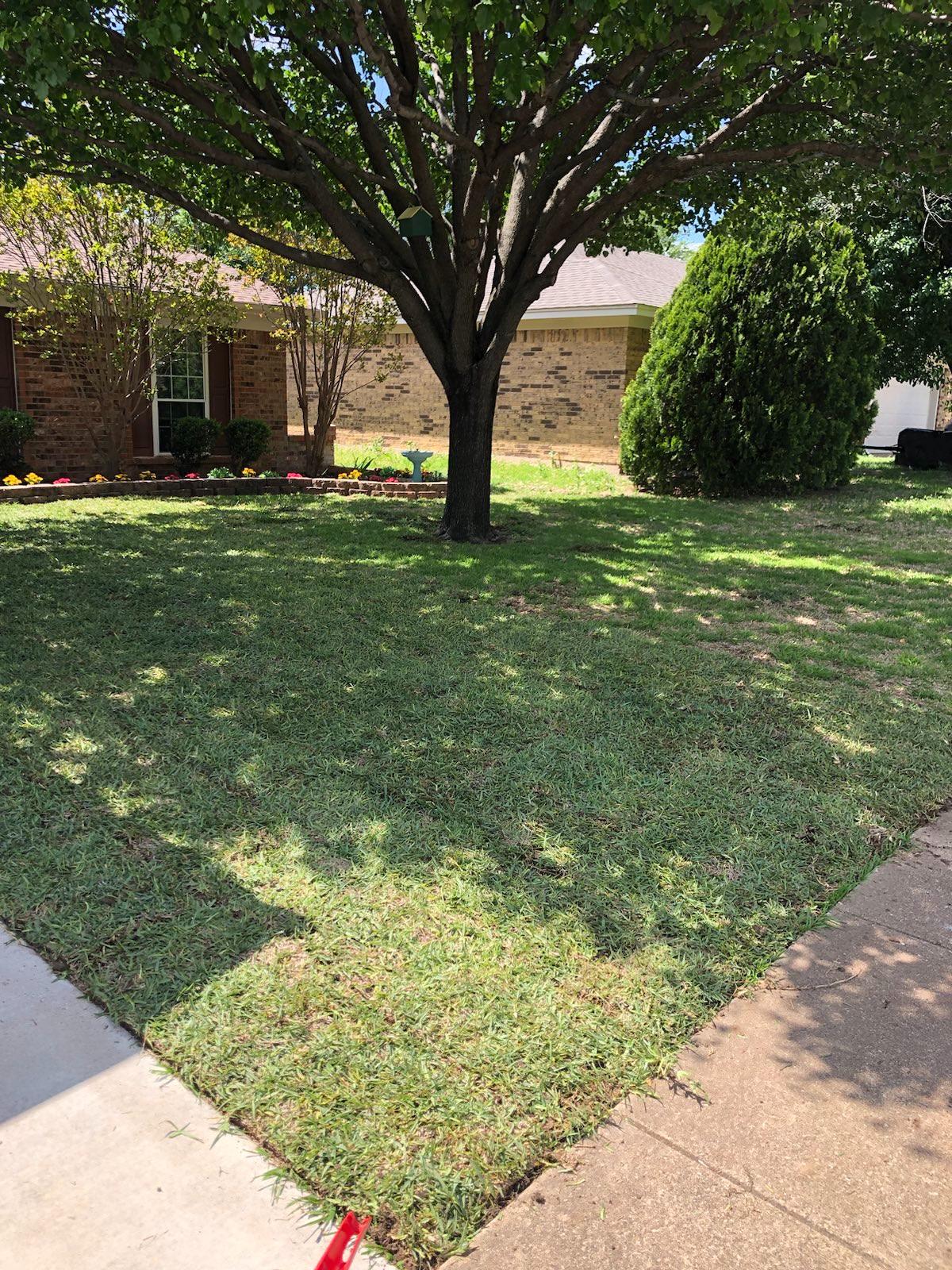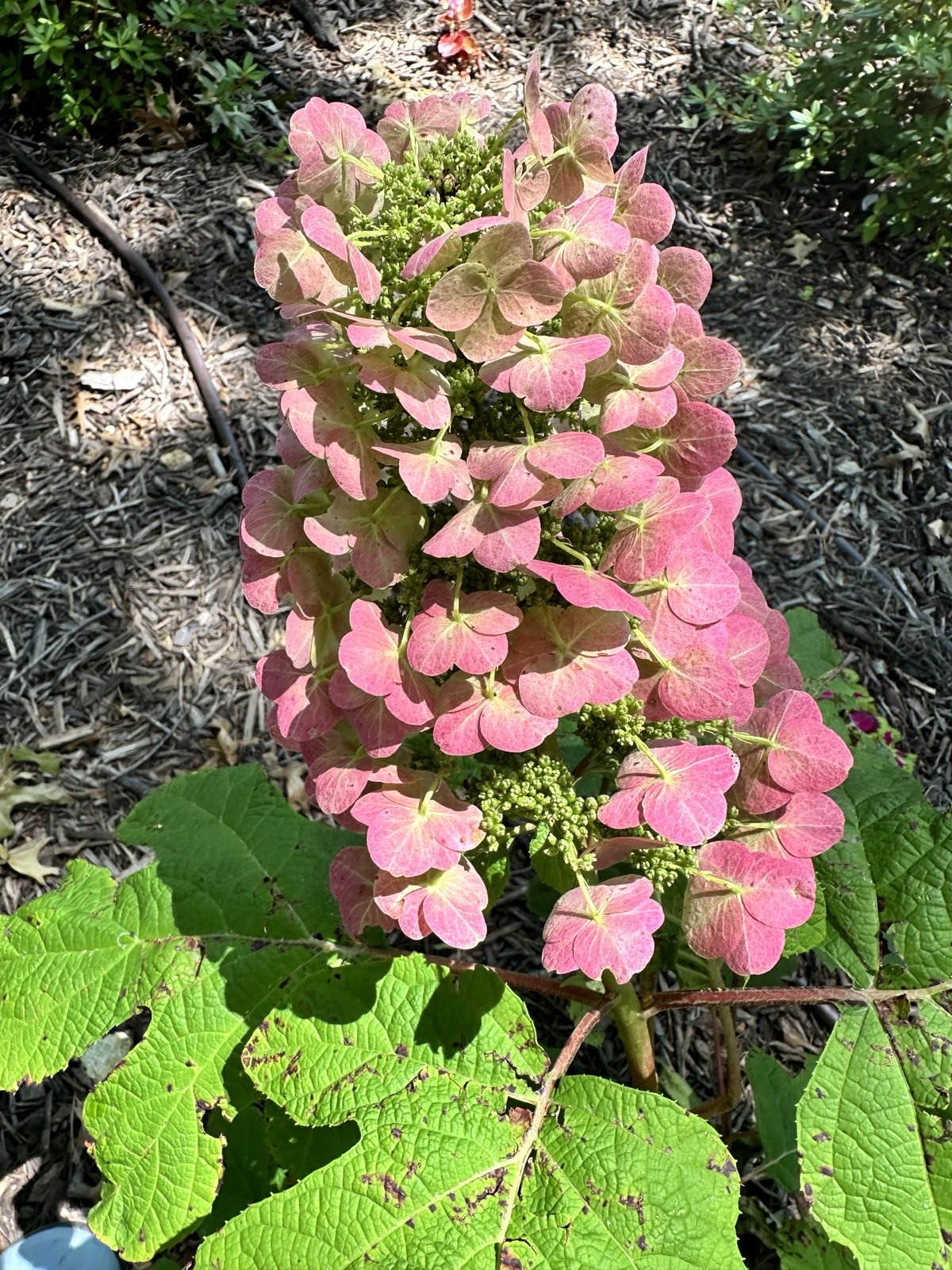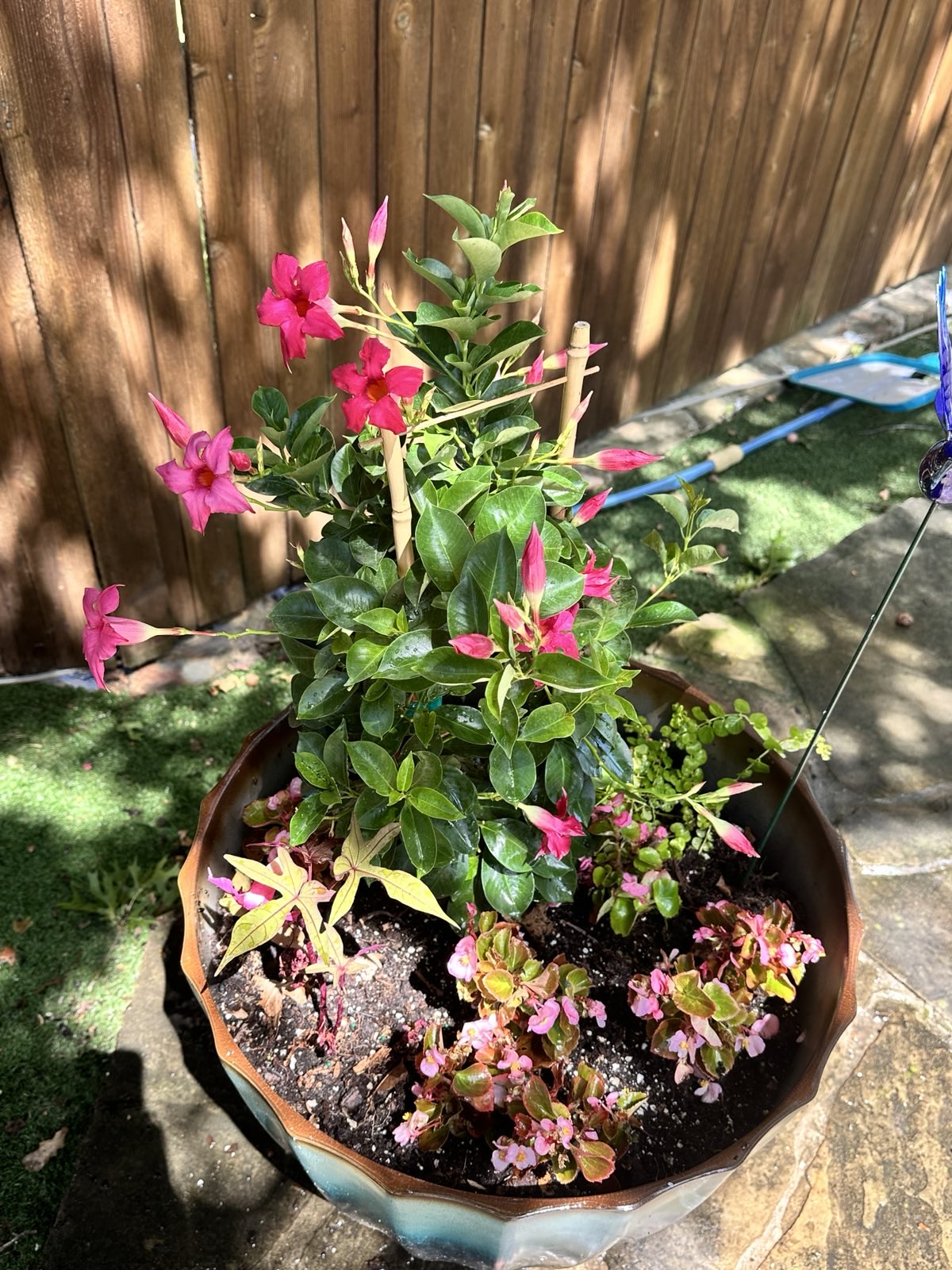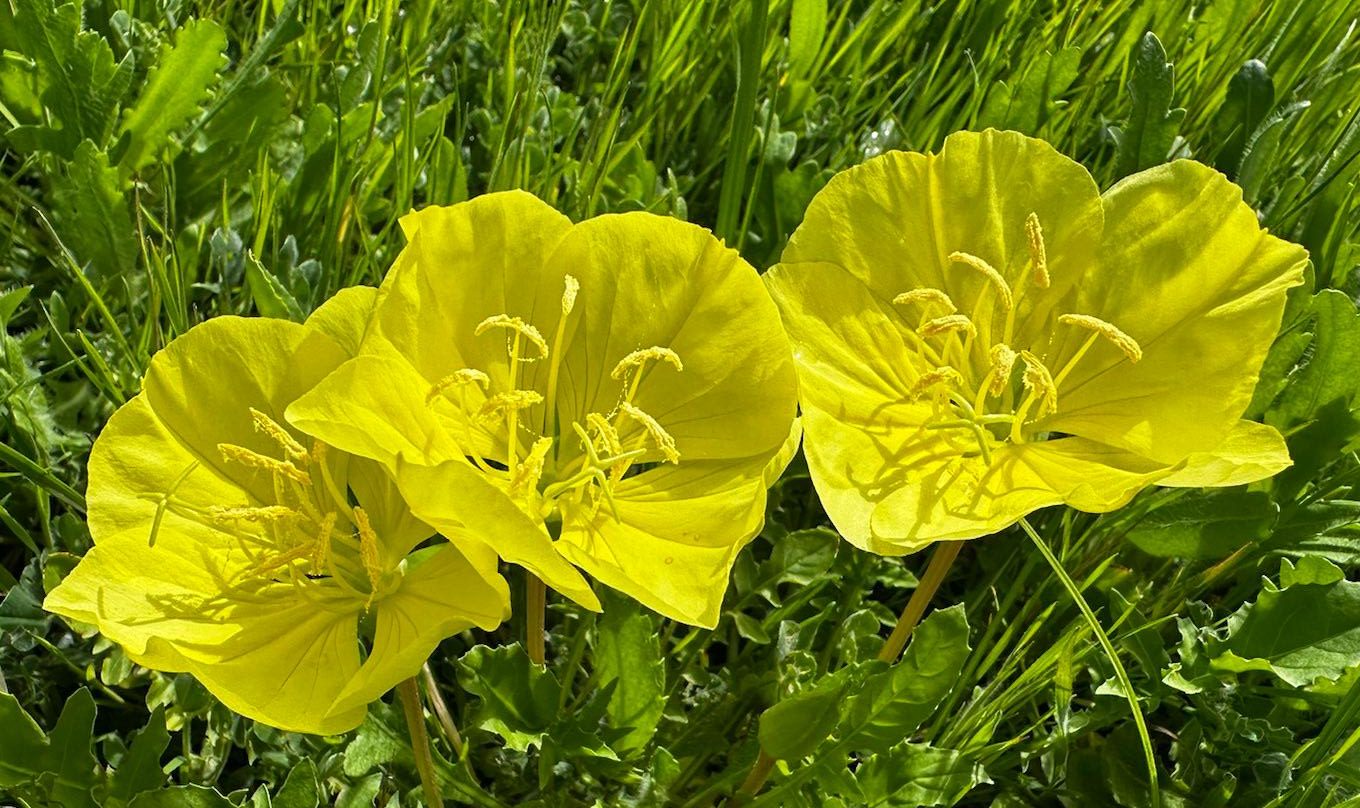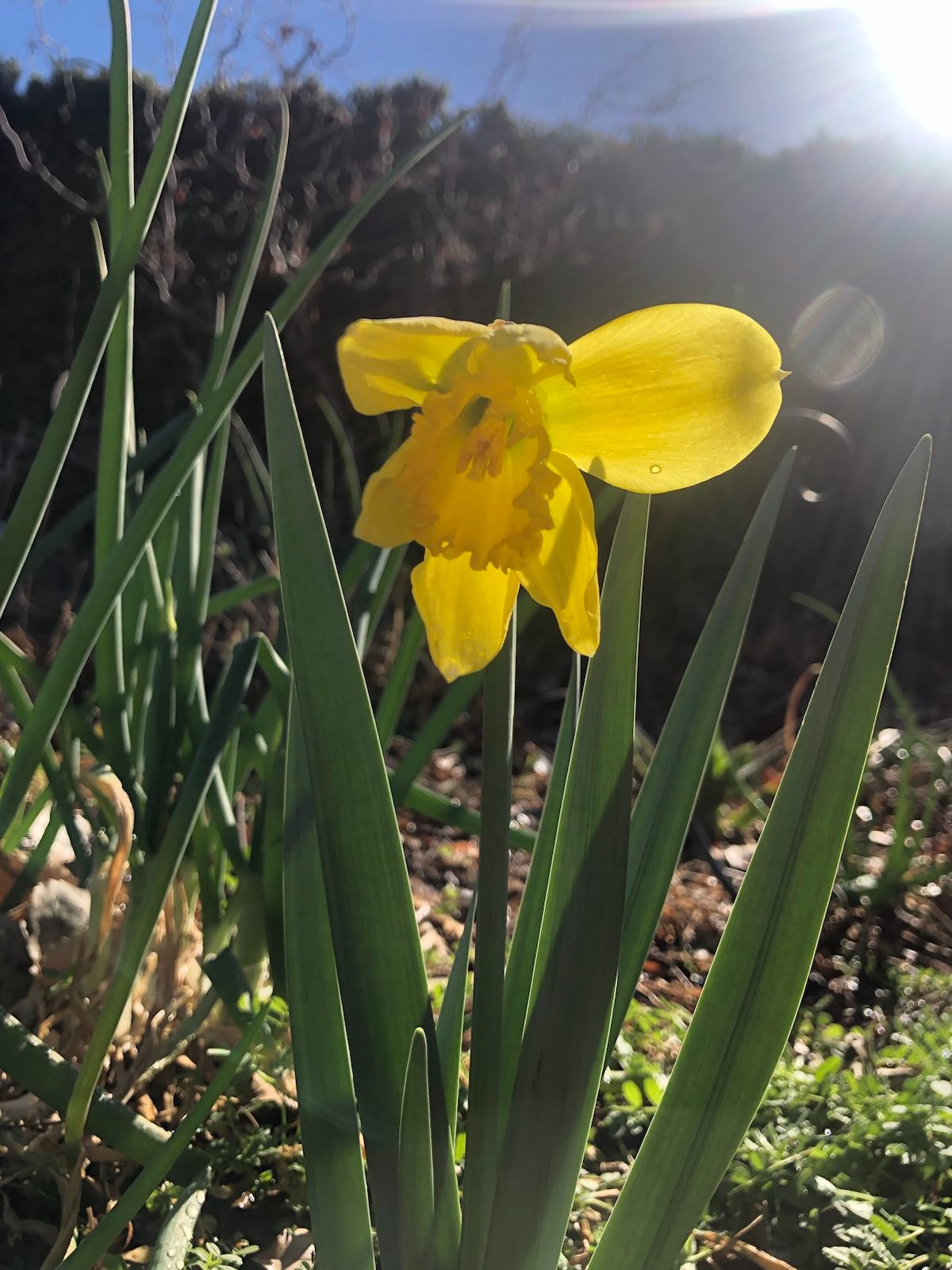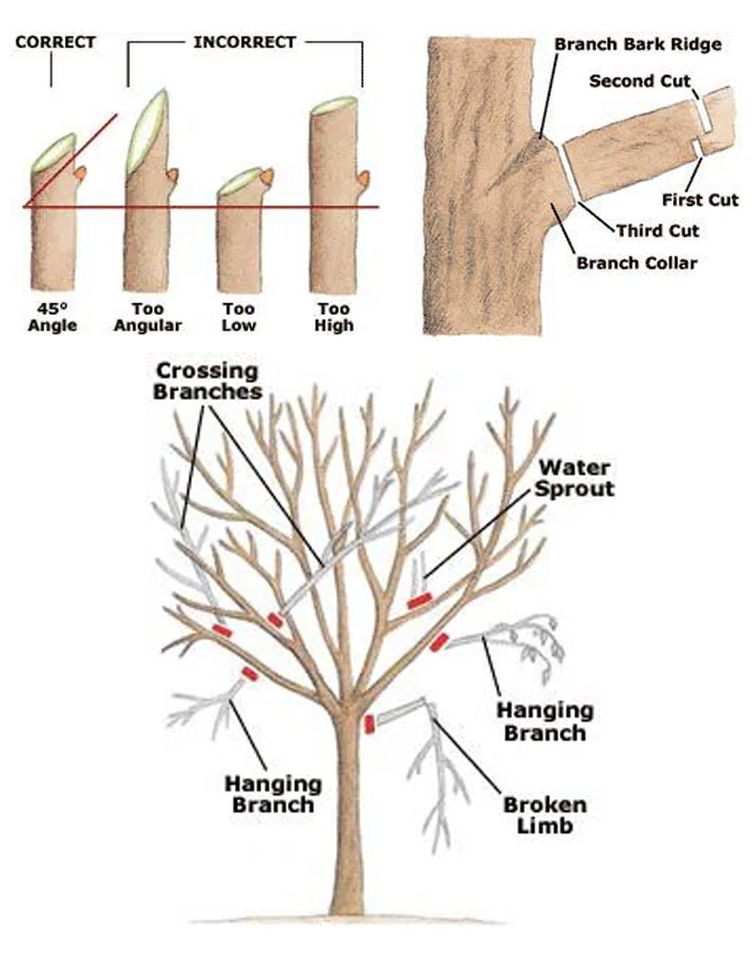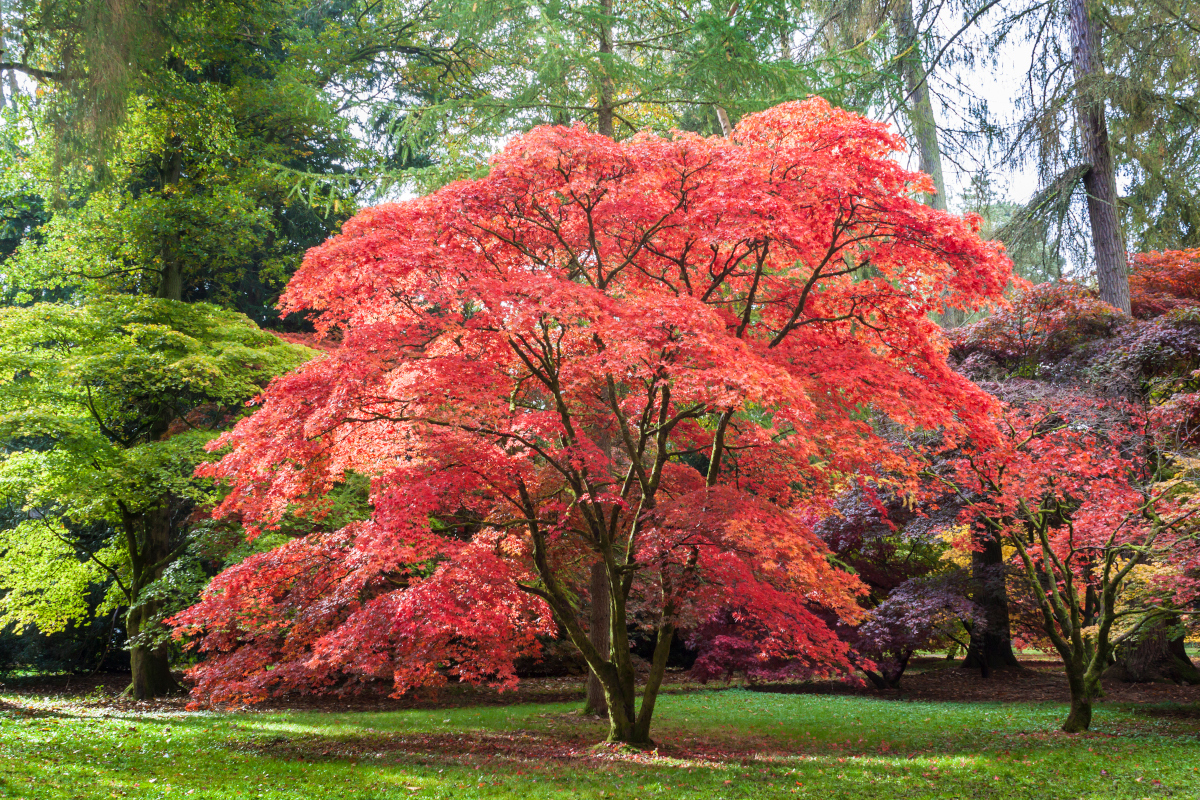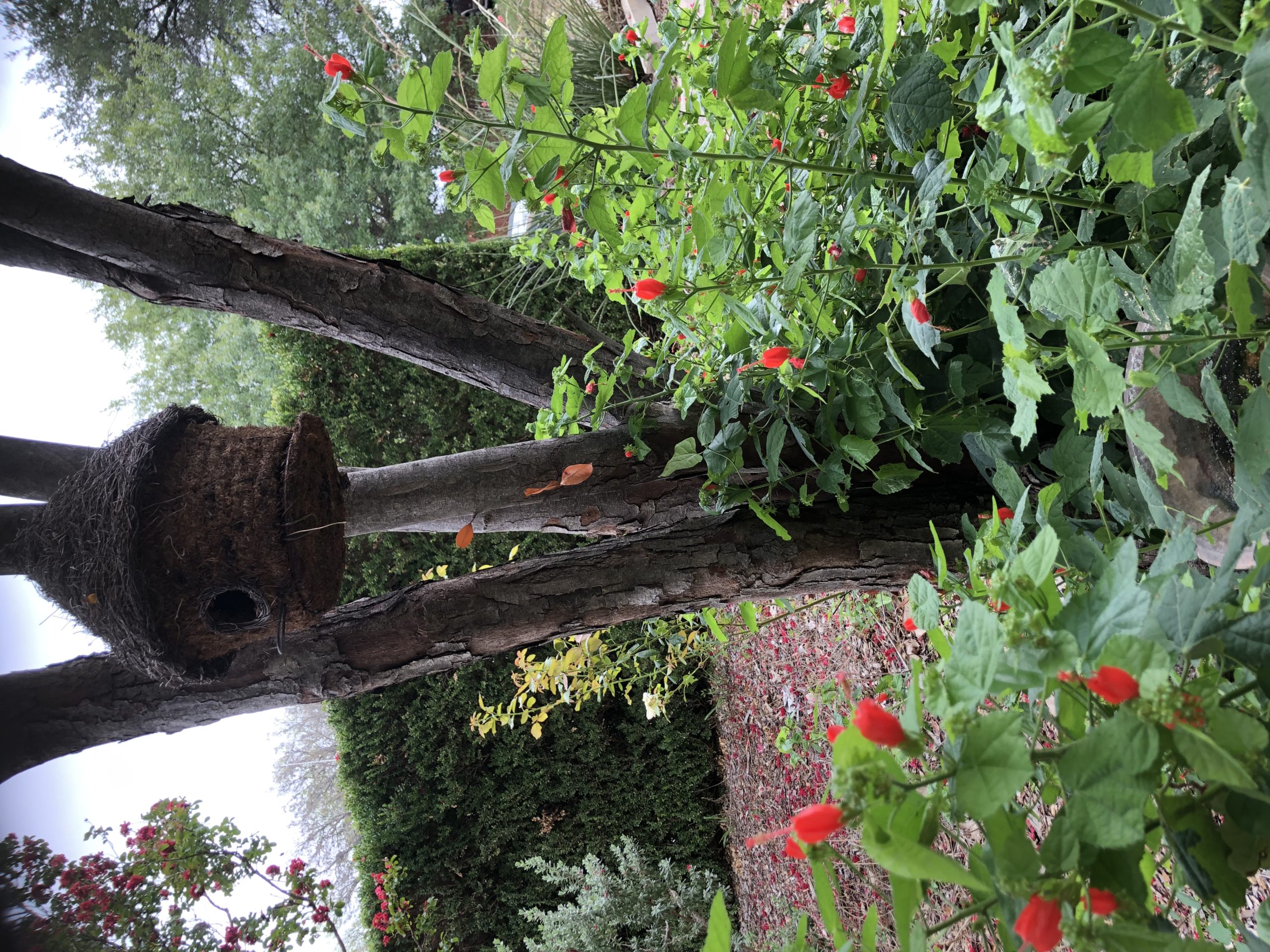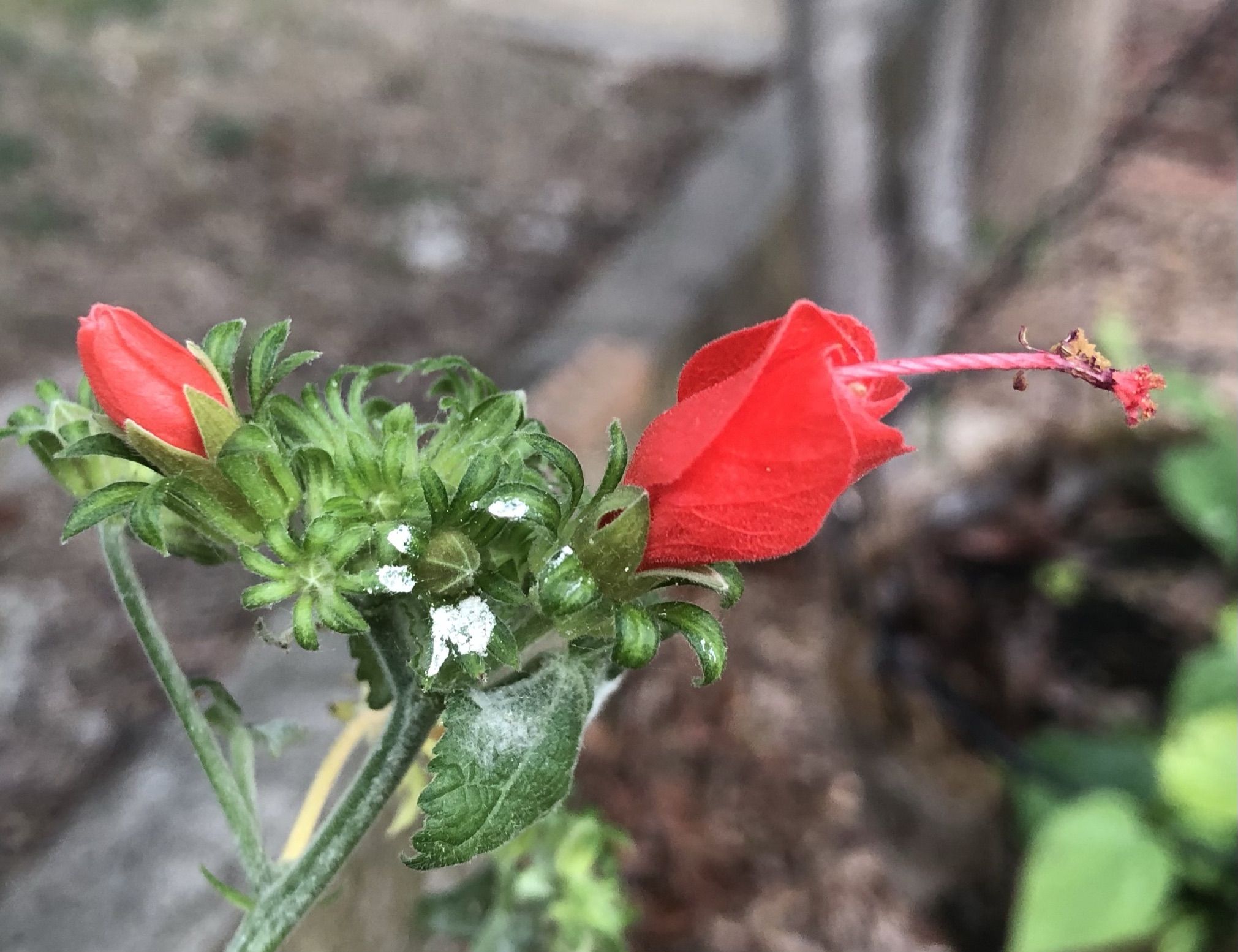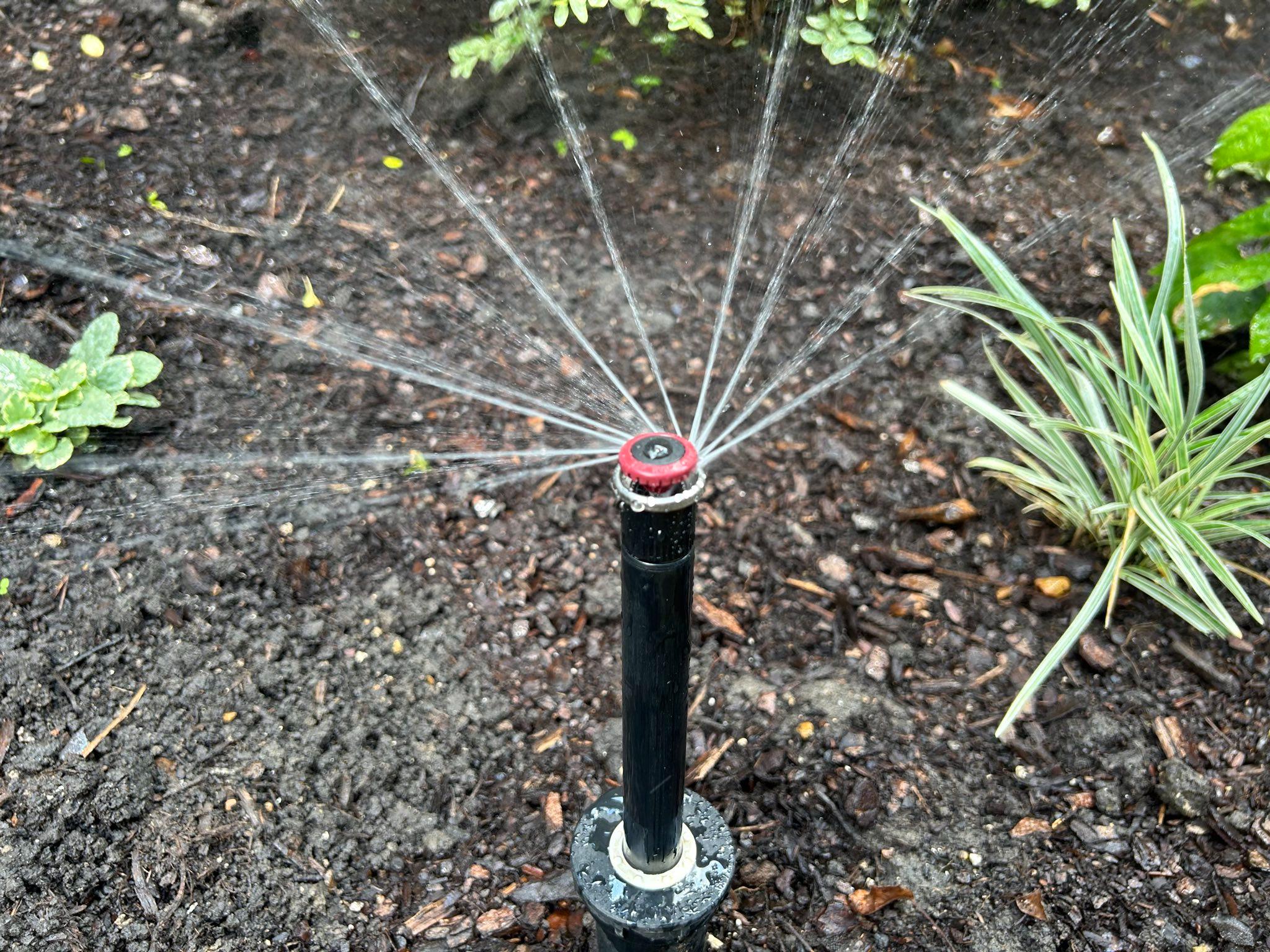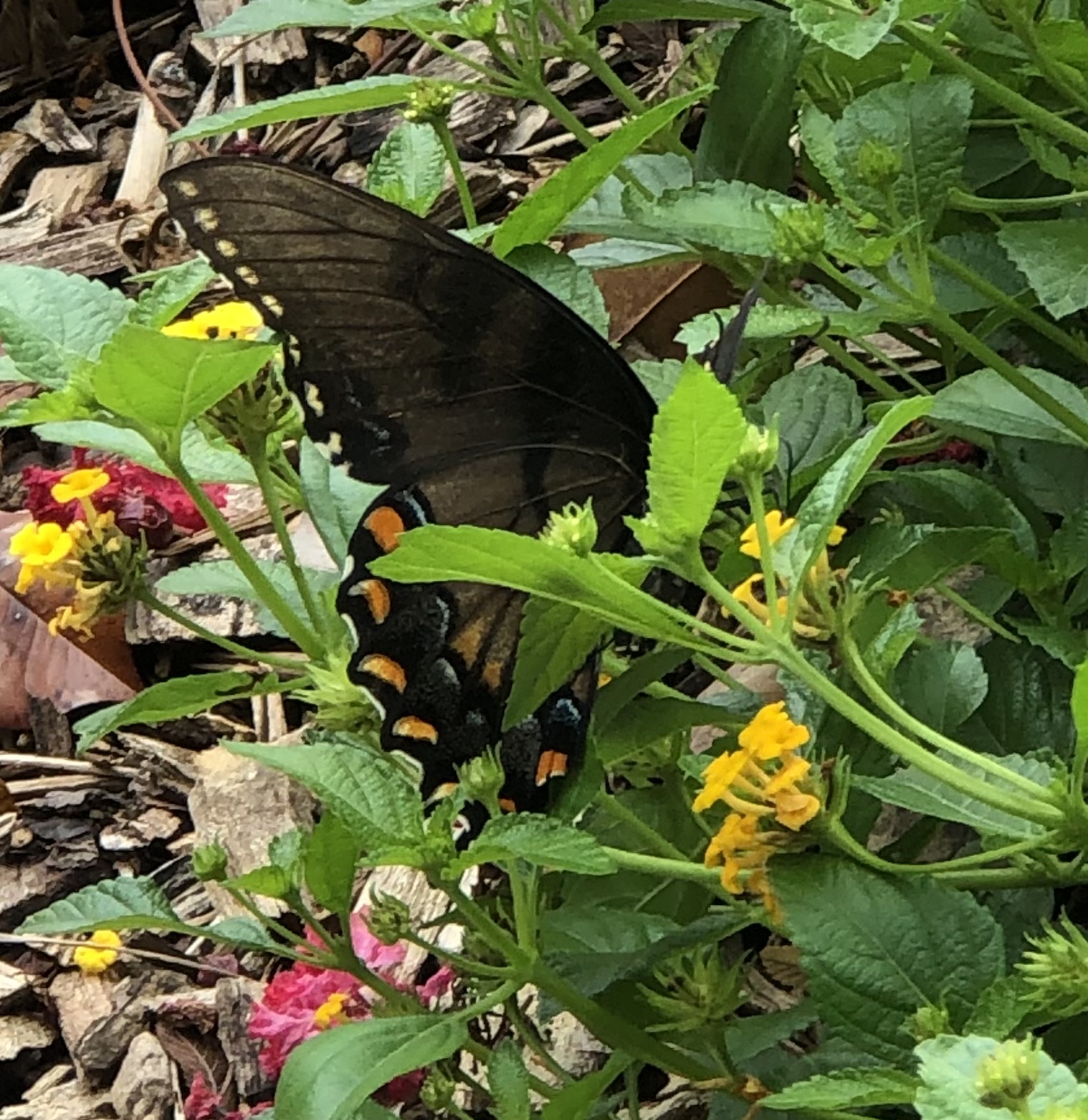 The heat is still here, and the rains haven’t been consistent for quite some time. But the good news is that fall rains and cooler weather are right around the corner. Now is the time to get your garden ready for its fall glory.
The heat is still here, and the rains haven’t been consistent for quite some time. But the good news is that fall rains and cooler weather are right around the corner. Now is the time to get your garden ready for its fall glory.
If you’ve been waiting to trim and prune your oak trees, the end of August is the perfect time when it is safe to do so. Unlike most other trees and woody shrubs, oaks in North Texas should be pruned in the heat of summer. This is due to the prevalence of the oak wilt fungus, which is transmitted to open cuts by the nitidulid beetle, also known as the sap beetle. These beetles are attracted to the sap that is released from wounds on oak trees, but the fungus that these beetles transmit is much less active here in North Texas during the hot summer days of July and August. After pruning your oaks, all wounds and cuts should immediately be painted with a dedicated tree wound paint or, absent that, a latex based paint.
Your summer annuals and hot weather perennials are likely done or nearing the end of their bloom cycle. For your flowering annuals, you can let them go to seed in hopes that they reseed themselves for you next year. Zinnias, amaranth, and marigolds are very reliable in this fashion. With other flowering annuals, you should dead-head species such as coleus, begonias, and impatiens as the petals fall off. This spurs them into creating more flowers instead of devoting their energy to creating seeds. The same can be done for your flowering perennials like roses. Additionally, roses should be pruned to stimulate new growth. Climbing roses are famous for their blooms throughout the season, and don’t usually need much attention other than a good bloom fertilizer.
The most exciting part is that your fall garden is ready to be put into the soil now. Many of the cool weather perennials are now becoming available for purchase and you can place those fall asters or Mexican bush sage now. Other perennial shrubs and ground covers should be planted now, just remember to water all of these fall plants deeply until the cooler weather and autumn rains arrives. If you have a shade garden, you can start planting coral bells, autumn ferns, and hardy begonia.
 If vegetables are your thing, those seeds are ready to be planted. Squash, beans, and cucumbers should be planted now. In a few weeks we can add broccoli and cauliflower, along with kales and cabbages. Start your vegetables from seed indoors or in a greenhouse, or pick them up as small plugs from a nursery. If you want to start your vegetables outside from seed, be sure they get some protection from the hot afternoon sun.
If vegetables are your thing, those seeds are ready to be planted. Squash, beans, and cucumbers should be planted now. In a few weeks we can add broccoli and cauliflower, along with kales and cabbages. Start your vegetables from seed indoors or in a greenhouse, or pick them up as small plugs from a nursery. If you want to start your vegetables outside from seed, be sure they get some protection from the hot afternoon sun.
Water doesn’t only bring life to your plants. It can also bring life to you and your yard. Imagine stepping outside your home into your own private oasis, complete with fountains, perhaps a cascading waterfall, or even a peaceful koi pond. You sit back after a long day, enjoy your favorite beverage, and listen to the soothing sounds of running water while you enjoy the enchanting sights of nature. Feel your shoulders relax as the cares of the world slip away while you experience your own personal vacation spot. The magic of moving water can make this dream a reality.
Desiree Gardens handles all aspects of outdoor living, not just plants and irrigation, but hardscapes and water features too. From the small splashes of a fountain, to the lively burbling of a stream, to waterfalls small or large and a custom koi pond or recreational swim pond, all of this can be accomplished for less than the cost of a traditional swimming pool. What’s more, our all natural eco-friendly water features require no harsh chemicals like chlorine or salt. Imagine the money you can save without the need to shock your pool with harsh chemicals every spring.
This isn’t just a dream, we can help make it your reality. Our experienced landscape artists can transform your yard into a beautiful, relaxing oasis that is all of your own.
No matter the time of year, there is always something to do in a North Texas garden. Don’t forget to refresh mulch on a regular basis, and add some compost or fertilizer from time to time. Fall doesn’t mean that your garden is done. Gardens in our area remain very active even up through December, and then we can start moving onto our winter color and activities. That means it’s a great time to start the planning process for any hardscapes or other projects you want to put in while many plants are dormant. You might also notice spots in your lawn or garden that are not getting sufficient irrigation. Now is the time to remedy that.
Whatever your needs are, Desiree Gardens is always here to help. Whether you need plant installation, irrigation installation, repair, or maintenance, trimming, pruning, or maybe just a weekly or monthly maintenance plan we have what you need.
Like what you’re reading? Get information like this delivered straight to your email inbox by signing up here. We will never sell your information, and you can unsubscribe at any time.







